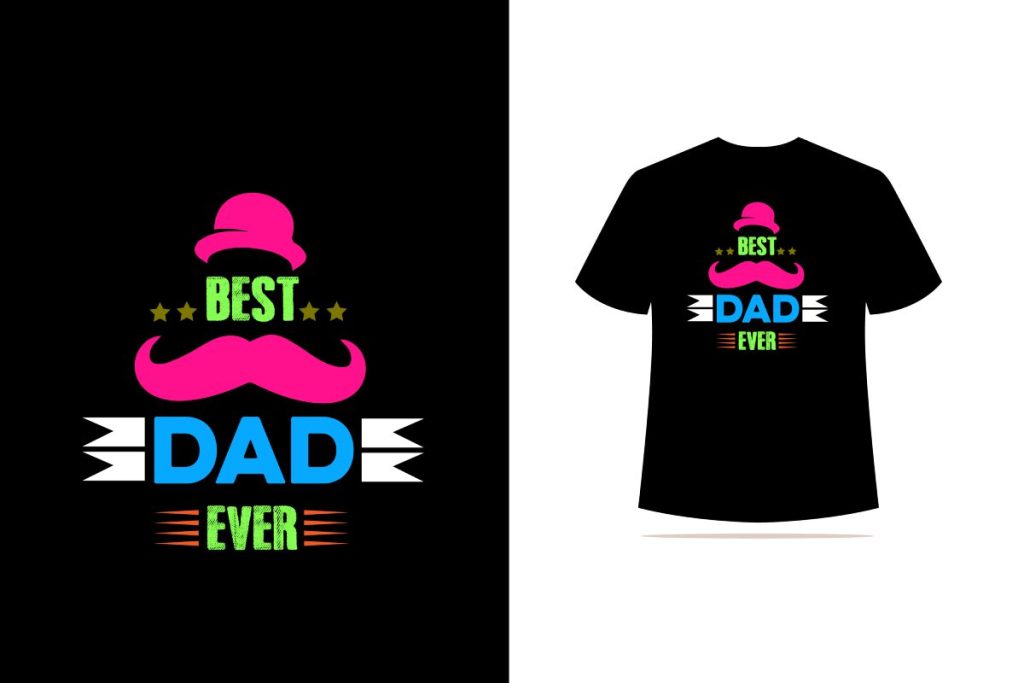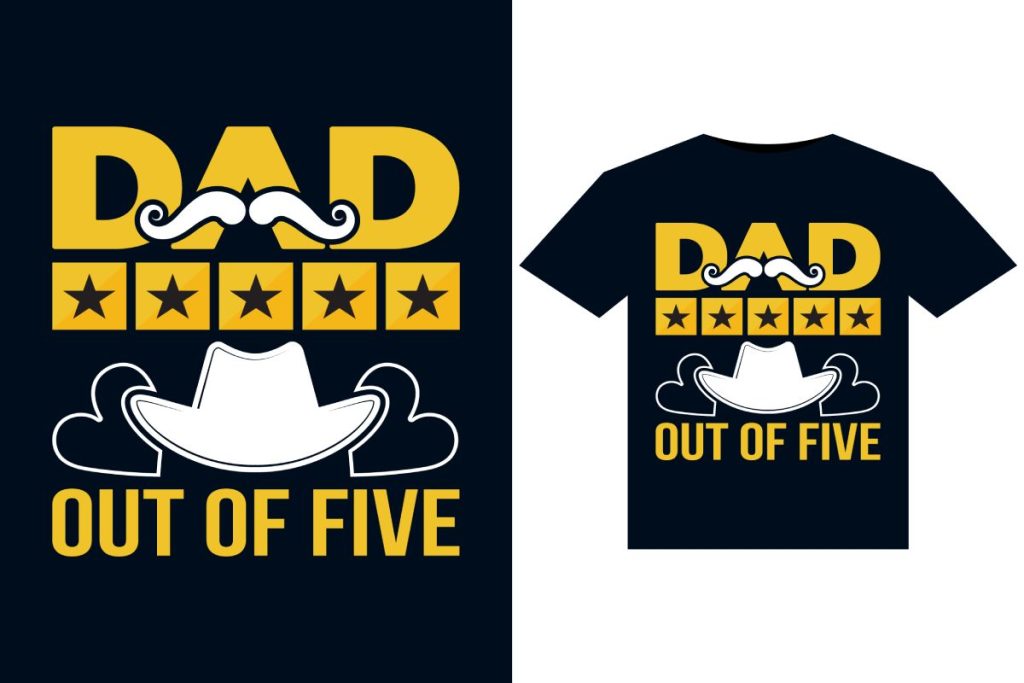DTF printing techniques have revolutionized the custom apparel industry, offering an innovative way to achieve stunning designs with ease. This cutting-edge method, known as Direct to Film printing, allows for vibrant colors and intricate details on a variety of fabrics, making it a popular choice for artists and businesses alike. To increase DTF print quality, understanding essential elements like choosing the right DTF printing materials, adjusting printer settings, and using a heat press for DTF applications is crucial. In this article, we’ll delve into the best practices and techniques that can help you master DTF printing, ensuring your designs are not only eye-catching but also durable. With the right approach, you can turn your creative visions into reality through the magic of DTF printing.
Also referred to as Direct to Film printing, this modern technique caters to those looking to produce detailed and high-quality designs on textiles. By utilizing specialized printers and particular heat application methods, this printing process stands out for its flexibility in transferring images onto garments. The key to achieving excellent results lies in understanding various factors, such as the choice of materials and fine-tuning printer optimization. As we explore this topic, you’ll discover how recent advancements in tools and techniques can elevate your print projects to new heights. Engaging with the best DTF printing practices will open up a world of possibilities in custom apparel creation.
Essential Components of DTF Printing Equipment
To maximize your results in DTF printing, choosing the right equipment is the first step. The cornerstone of this process is the DTF printer itself. These printers are specifically designed to handle the unique demands of DTF printing, ensuring that the ink is deposited precisely onto the transfer film. Additionally, investing in a high-quality heat press is vital. This equipment applies controlled temperature and pressure to the transfer, which is essential for achieving strong adhesion of the print to the fabric.
Beyond just the printer and heat press, it’s crucial to ensure that additional supplies, such as pretreatments and inks, are aligned with the DTF printing process. Quality inks specifically formulated for DTF printing not only improve color vibrancy but also enhance durability, making the apparel withstand numerous washes. Therefore, understanding and selecting the proper DTF printing materials will lay the foundation for achieving stunning results.
Frequently Asked Questions
What is DTF printing and how does it differ from other printing techniques?
DTF printing, or Direct to Film printing, is a method that uses specialized inks to create vibrant designs on a film which is then transferred to fabric using a heat press. Unlike other techniques like screen printing or DTG (Direct to Garment) printing, DTF allows for a wider range of fabric types and produces more detailed colors, making it ideal for custom apparel.
What are the best DTF printer settings to maximize print quality?
To achieve the best DTF print quality, adjust the printer settings for higher resolution (ideally above 1440 DPI), ensure optimal ink volume for rich color output, and reduce printing speed for intricate designs. Regular maintenance of the printer is also crucial to avoid clogs and inconsistencies.
How do the materials used in DTF printing affect the final product?
The quality of DTF printing materials, such as film and inks, significantly impacts the outcome. High-quality transfer films enhance clarity and adhesion, while specific DTF inks offer durability and vibrancy. Choosing premium materials will ensure your final products are both stunning and long-lasting.
What is the importance of heat press techniques in DTF printing?
Heat press techniques are vital in DTF printing as they determine how well the design adheres to the fabric. Key factors include maintaining the right temperature (320°F to 350°F) and applying adequate pressure for the recommended duration. Proper application creates durable prints that withstand washing and wear.
Can I use a regular heat press for DTF printing, or do I need a specialized one?
While a regular heat press can be used for DTF printing, it’s important to ensure it features adjustable temperature and pressure controls. A specialized heat press designed for DTF techniques may provide more consistent results, making it easier to achieve high-quality transfers.
What post-processing techniques can enhance DTF prints?
Post-processing techniques such as post-curing the transfer by applying additional heat can improve adhesion and longevity. Allowing prints to cure at room temperature also helps enhance their durability. Experimenting with different post-processing methods can yield better results and improve print quality.
| Key Focus Areas | Details |
|---|---|
| Understanding DTF Printing | Direct to Film printing transfers images from a film onto fabric, allowing for detailed designs on various apparel. |
| Quality of Materials | Using high-quality films and DTF-specific inks ensures clarity and durability of prints. |
| Printer Settings | Adjust resolution, ink volume, and speed for optimal print quality. |
| Heat Press Techniques | Apply heat at 320°F to 350°F for 10-15 seconds, using correct pressure and pre-pressing fabric. |
| Post-Processing Techniques | Cure prints after transfer to enhance durability and experiment with different materials and settings. |
| Recent Trends | Growing eco-friendly practices and an expanding market make DTF more accessible. |
Summary
DTF printing techniques are essential for achieving vibrant and lasting designs in custom apparel. This innovative method allows for high-quality graphics on various fabrics, making it a popular choice among print professionals. To maximize the results of DTF printing, it’s crucial to focus on material quality, printer settings, and effective heat application. Staying engaged with trends and continuously experimenting can greatly enhance the printing process, ensuring that finished products not only meet but exceed expectations in durability and visual appeal.



